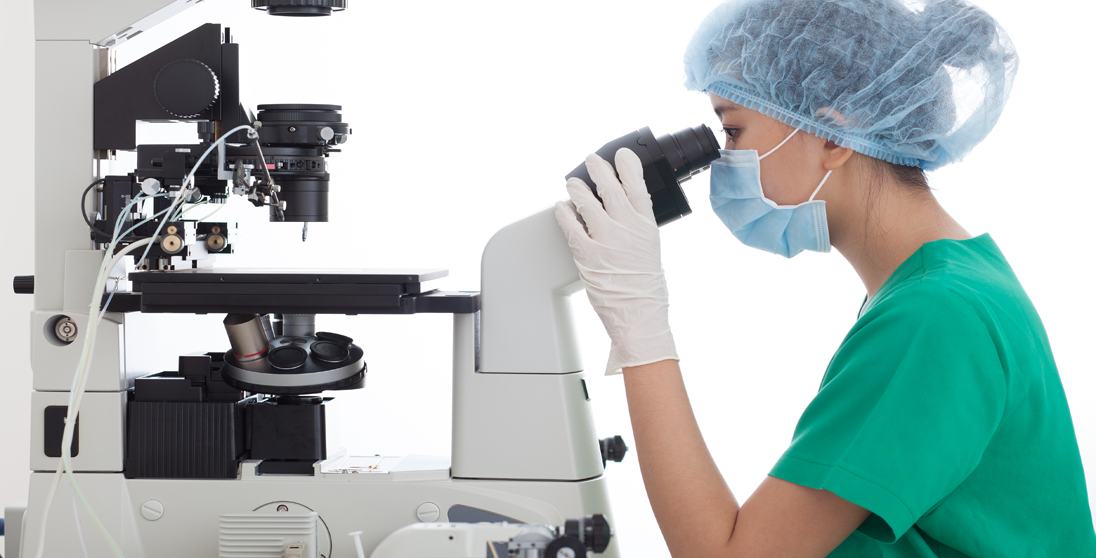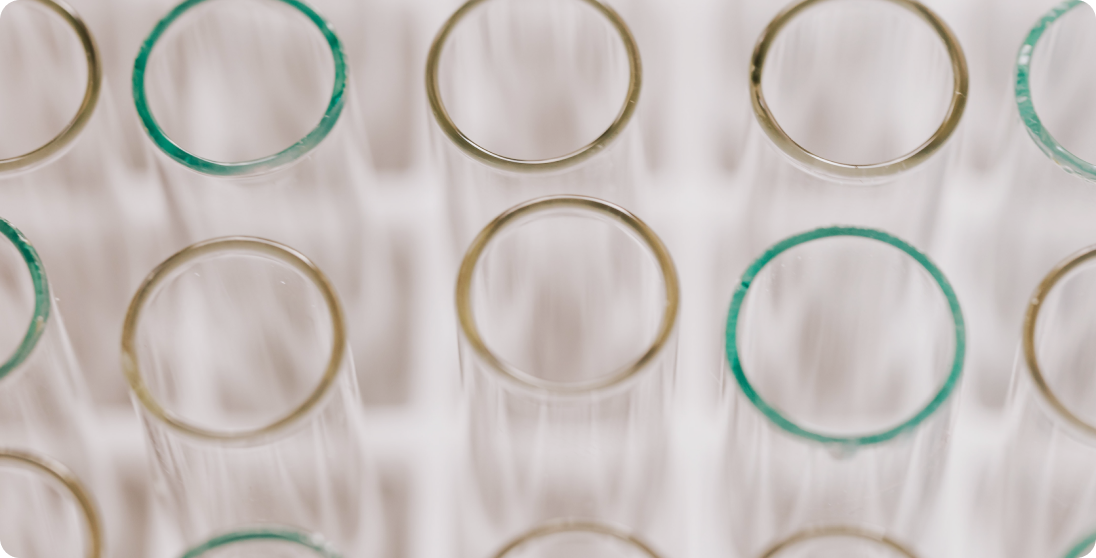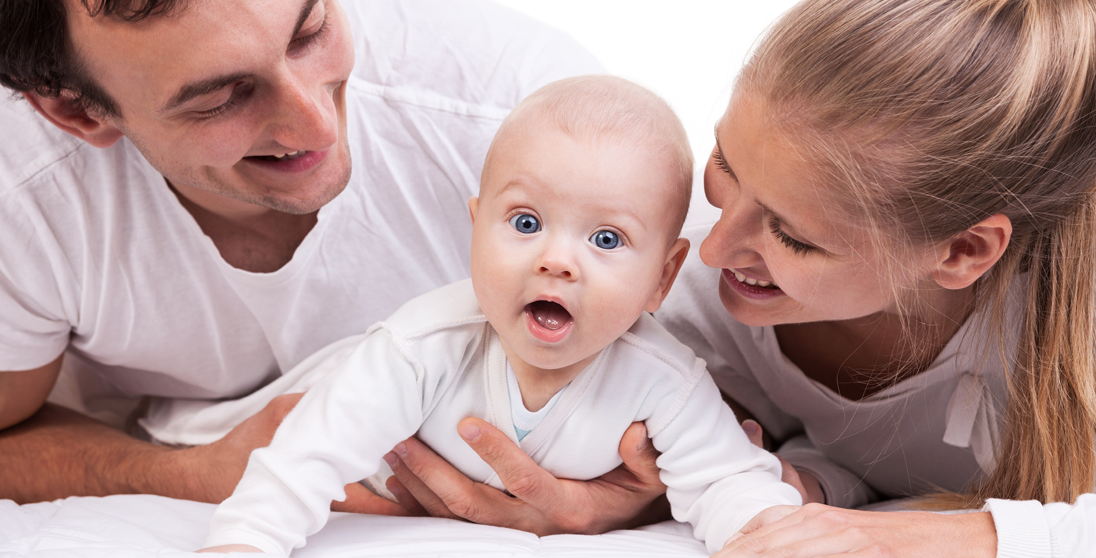


IVF with Genetic Testing — Smarter Embryo Choices, Personalized Care
At Bay IVF, we offer advanced embryo genetic testing (PGT) alongside your IVF cycle — helping you select healthier embryos and feel confident about your next step toward building your family.


Preimplantation Genetic Testing (PGT) is a tool used during an IVF cycle to analyze embryos for chromosomal normalcy or known genetic conditions before transfer. of a successful pregnancy.
By testing embryos that have developed through IVF, we can help reduce the risk of implantation failure, miscarriage, or chromosomal conditions — so you transfer with greater confidence.

Who Might Benefit?

You may be a good candidate for IVF with embryo genetic testing if you have any of the following:
- Maternal age 35 or older (higher risk of chromosomal abnormalities).
- Unexplained recurrent miscarriage or repeated failed IVF cycles despite high-grade embryos.
- Known genetic condition in one or both partners (carrier status) or structural chromosome rearrangement.
- Desire to optimize chances in one embryo transfer cycle, minimize emotional stress, or reduce time to pregnancy.
During your consultation, Dr. Polansky and our team will review your personal fertility profile, discuss whether PGT makes sense for you, and help you decide in line with your values and budget.



Our goal is to make your conception experience pleasant, relaxed, and as natural as possible.
IVF with PGT Treatment Process

IVF to create embryos
In Vitro Fertilization procedure creates as many high-quality embryos as possible.

Extended embryo culture to blastocyst
By the fifth to seventh day after the egg retrieval, the embryos should reach the blastocyst stage (80 or more cells).

Blastocyst trophectoderm biopsy
An embryo biopsy is performed by creating an opening in the eggshell around the embryo. It is possible to safely remove a few future placenta cells using micromanipulators.

Embryo Freezing
The blastocysts are cryopreserved immediately after the biopsy and stored in liquid nitrogen in our IVF laboratory.

Genetic analysis of the embryonic tissue
The sample cells are sent to a genetics lab where tests look for chromosomal health (PGT-A), or known gene conditions (PGT-M/SR), depending on your case.

Liquid nitrogen storage of the embryos
Frozen embryos can be stored for extended periods, but most patients start their Frozen Embryo Transfer cycle right away.

Subsequent Frozen Embryo Transfer
Once results are back, you and our team select the healthiest embryo(s) for thaw and Frozen Embryo Transfer.

Benefits & Considerations

Benefits:
- Improved confidence in embryo selection and transfer choices.
- Potential to reduce the risk of miscarriage or failed cycles due to chromosomal abnormalities.
- Better ability to plan a single-embryo transfer (reducing twin risk) while maintaining success odds.
Considerations:
- Genetic testing does not guarantee a live birth — many factors beyond chromosomal health affect outcomes.
- Extra cost and time: you’ll likely freeze embryos while waiting for test results.
- Not all embryos will be suitable for biopsy or testing — sometimes a smaller number of embryos reduces choice.
- Ethical, emotional, and budget decisions: you should feel fully informed and supported.

Why Choose Bay IVF for Genetic Testing?

- You’ll be cared for directly by Dr. Polansky and a small team — personal attention matters.
- Our lab protocols prioritize quality and clear communication; we help you understand what the testing results mean.
- We provide transparent cost discussions and integrate genetic testing decisions into your personalized IVF plan —not as a forced add-on.
- Located in Palo Alto and serving the Bay Area, you have access to local, boutique-scale care delivered by highly experienced providers.

Take Your Next Step
Your journey starts with a conversation. We’re here to support you every step of the way.

- Call or text us at 📞 650 322 0500 to schedule your in-person or a complimentary video consultation with Dr. Polansky.
- We will review your fertility history and ask about your goals.
- Discuss whether embryo genetic testing makes sense for you.
- Explain how the process would fit into your timeline, visits, and cost structure.
- Provide honest answers — no pressure, just clarity.
Let’s explore your best informed options together.

Bay IVF Early Pregnancy Heartbeat

Meet Your Doctor

- Dr. Polansky received his medical diploma from Charles University in Prague, the Czech Republic, in 1978.
- After completing his OB/GYN residency at Jewish Hospital in Saint Louis, MO, he graduated from the Reproductive Endocrinology and Infertility (REI) fellowship at Stanford University in 1985.
- In the same year, he co-founded the Stanford IVF Clinic.
- Dr. Polansky obtained board certification in Obstetrics and Gynecology in 1986 and became REI subspecialty board certified in 1988.
- In 1987, he left Stanford University and established Nova IVF.
- In 2011, he founded Bay IVF, where he provides advanced fertility treatments with a holistic approach, utilizing state-of-the-art techniques.
- Dr. Polansky personally performs ultrasound examinations, egg retrievals, embryo transfers, and ovarian and endometrial stimulations for his patients.
- He is deeply committed to his patients and is always ready to lend a helping hand.
Frank Polansky, M.D.



Initial Appointment Questions
When you call to schedule your consultation, one of our Front Office Coordinators will ask you a short series of simple questions regarding your reproductive history. You will also have an opportunity to ask any financial questions.
Your Initial Visit at Bay IVF
A new patient appointment at a fertility clinic can be stressful. Our goal is to make your initial visit as friendly and relaxing as possible. We encourage you to ask questions at every step of the process to make you feel comfortable and informed.

When You Arrive
You will be welcomed by one of the clinic’s receptionists. One of our nurses will measure your height and weight and take your blood pressure.

Meet Your Doctor
Dr. Polansky will ask you a series of clarifying questions and then provide you with a summary of the factors contributing to your infertility.

Ask Your Questions
You will then have a discussion with him about the most suitable reproductive treatment(s) for you. During this time, you will have the opportunity to ask any questions you may have.

Exam Room
One of the nurses will escort you to an examination room. Your examination will begin with listening to your lungs and heart.

Ultrasound of the Ovaries
The next step is a pelvic ultrasound to examine the uterus and ovaries. This ultrasound will help determine the number of antral follicles present within the ovaries.

Financial Part
After that, you will discuss the financial aspects of your treatment with one of the financial advisors, including potential financing options.

Support 24/7
If you have any questions after leaving the clinic, please feel free to reach out to us by phone, text, or email. Open and discreet communication is an integral part of the care we provide at Bay IVF.

What About Time?
Your entire visit is expected to last approximately one hour.


Schedule Your Initial Consultation With Dr. Polansky
Online (no cost) or In-Person
Call or Text Us: Call or text us at 📞 650 322 0500
You can also complete the form below to request your initial consultation.


Let’s talk about your next step







